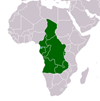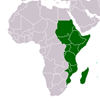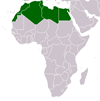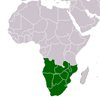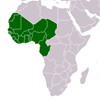Case Study II
Case Study II
VLITP can shift the direction of organizations by introducing new systems and emerging technologies that can serve as a trigger for change to the entire business strategy of an organization. Using VLITP simply for creating new possibilities, new markets, or enabling existing alternatives to be reachable can also trigger much needed change. The implementation of a new technology like RFID implies a direct relationship between business and IT—something that has become of increased importance in the last decade. Airlines are a vital part of the service industry, focusing on the transportation of people, their luggage, and goods from one point to another. RFID brought into the airline industry a system that tracks the location of passengers’ luggage, directly impacting the level of service an airline can provide its customer. RFID introduced new possibilities in luggage handling that are beginning to impact the entire airline industry. In the commercial airline industry, where fiercely competition has been well established, customer satisfaction and service level are important selection factors for passengers. Like its predecessor—the barcode system—RFID tracks luggage and is used to identify which baggage belongs to which customer but using a different technique to do so. RFID, being a lot more accurate then the barcode system, makes the decision by an airline to implement it a move to establish its critical performance indicator.
CITATION: Guah, Matthew. Case Study II edited by Guah, Matthew . Hershey : IGI Global , 2007. Managing Very Large IT Projects in Businesses and Organizations - Available at: https://library.au.int/case-study-ii

